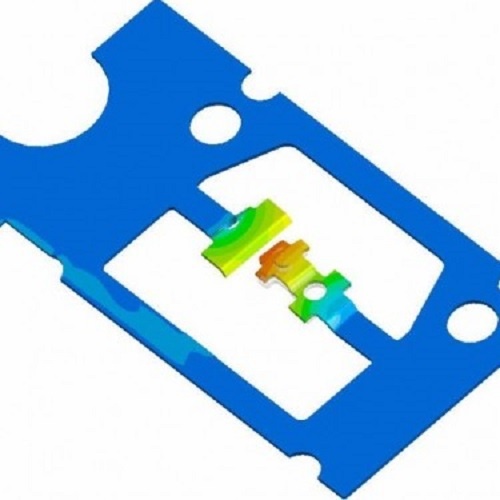The spirit of achieving the most with the least amount of steps necessary – efficiency – has not halted before the injection molding process. Technical parts integrating multiple process steps, components and functions have become a daily task to manage by qualified engineers.
Each component has its unique requirements in processing – uniting those requirements in one overall process requires an in depth understanding of the influences on the part quality.
The SIGMASOFT® Multicomponent Mode will help you answering typical questions like:
- What is the overall process time to finished part?
- For thermoplastic applications: Does one component get re-melted during over molding and am I to expect defects on the surface?
- Where do I have potential to optimize my process times?
- How does the fiber orientation of the insert influence the overall part shrinkage and warpage?
The best out of both worlds – Bringing together Thermoplastic materials with Elastomers
In a practical example we have an oil pan (thermoplastic material – PA 6) which is molded in a first shot. In the second shot a sealing (elastomer material – natural rubber) is injected. Both shots are not only happening in the same mold but simultaneously in the running process.
In this case the first step is to understand the thermal situation in the mold. When we talk about thermoplastic processes we tend to have hot melt (200 °C +) injected into a cool mold (100 °C and less). For elastomer injection it is the other way around (cold melt – supplied by a cold runner) injected into a hot mold.
To bring those two opposing processes together in one mold we at first simulated the complete injection molding tool (including tempering channels, bushings, insulations etc.) in the unique SIGMASOFT® Multicycle analysis to get the mold in a thermal steady state (no more change in temperature expected).
When the first shot is finished the first component is transferred into the second cavity where the sealing (NR) is being injected. The video shows the interaction of the first component with the (hot) mold needed for injecting the rubber.









